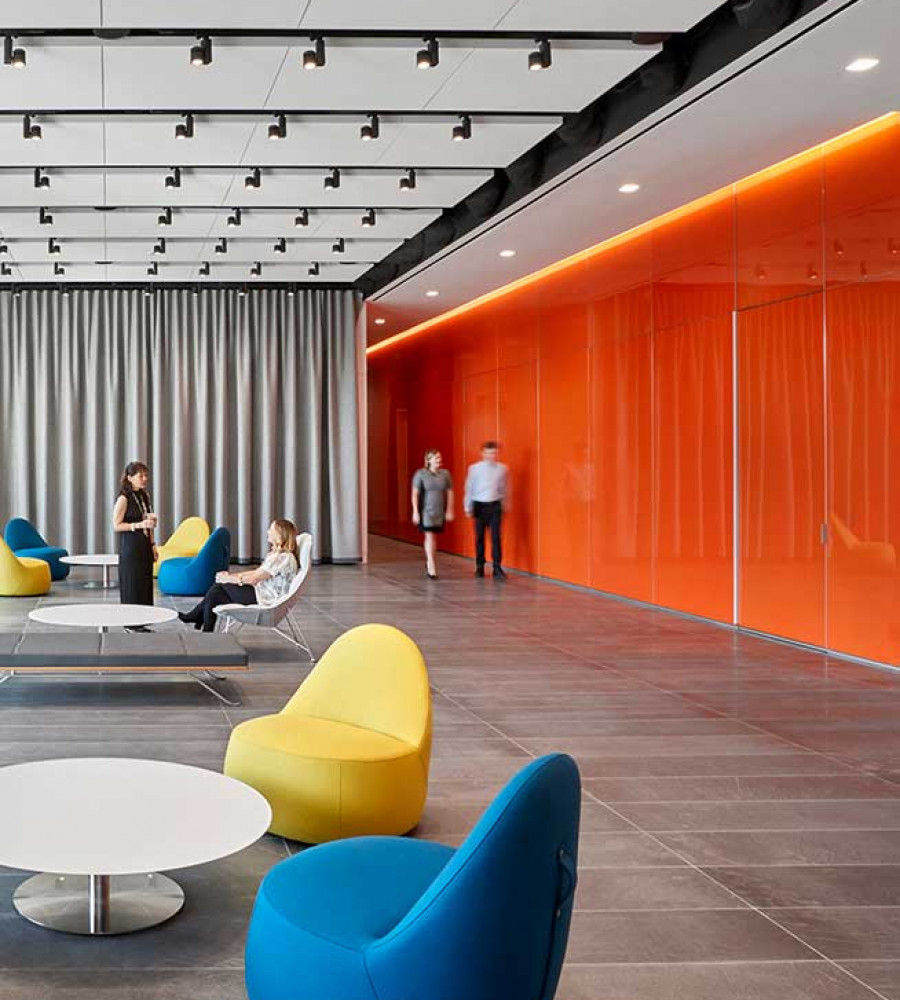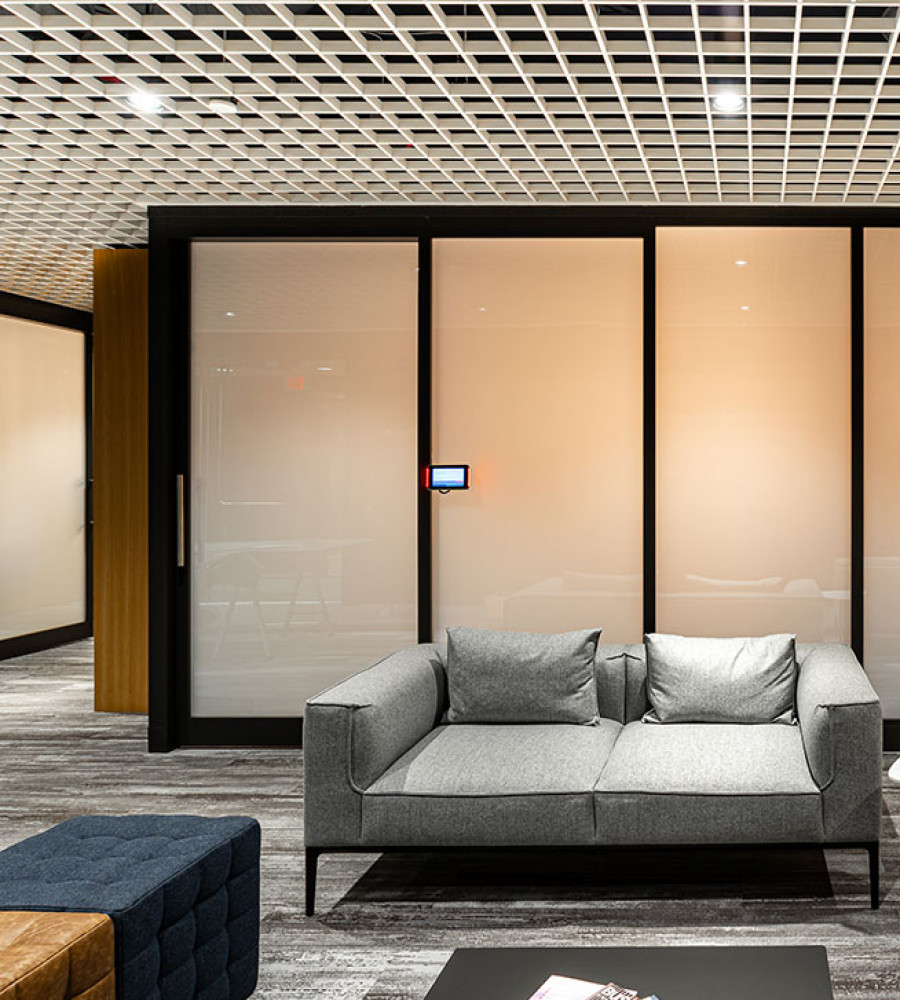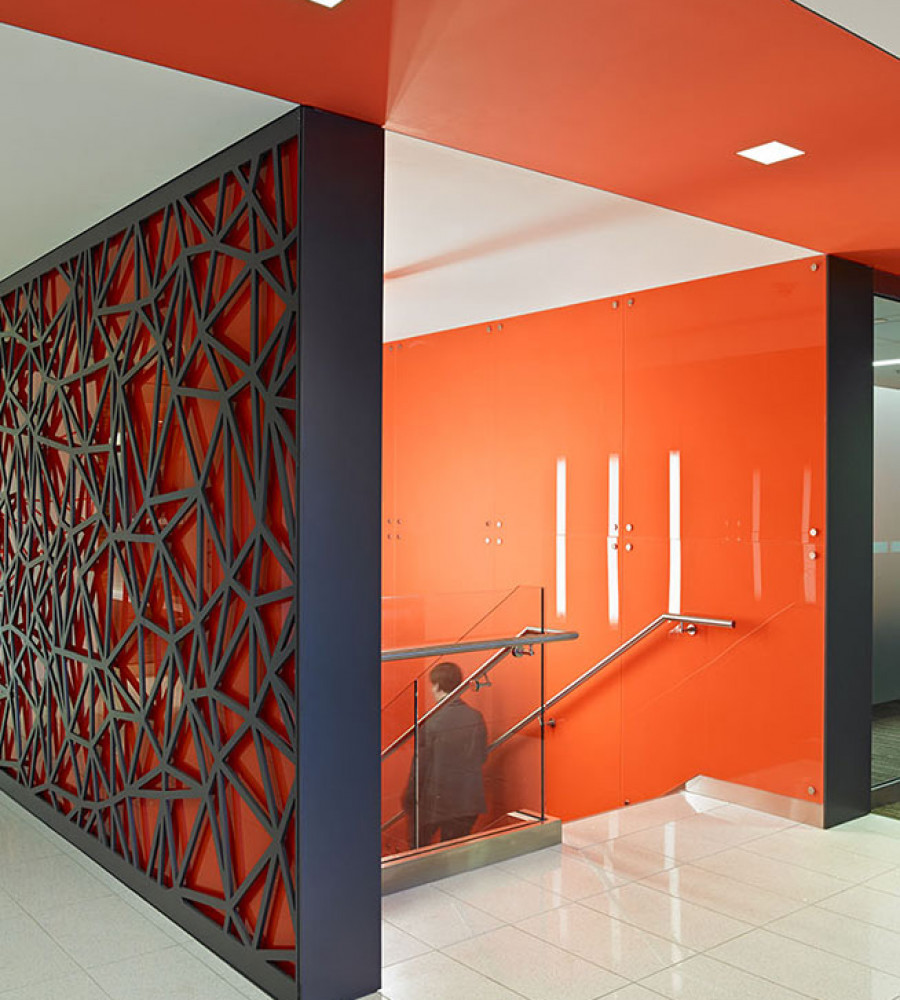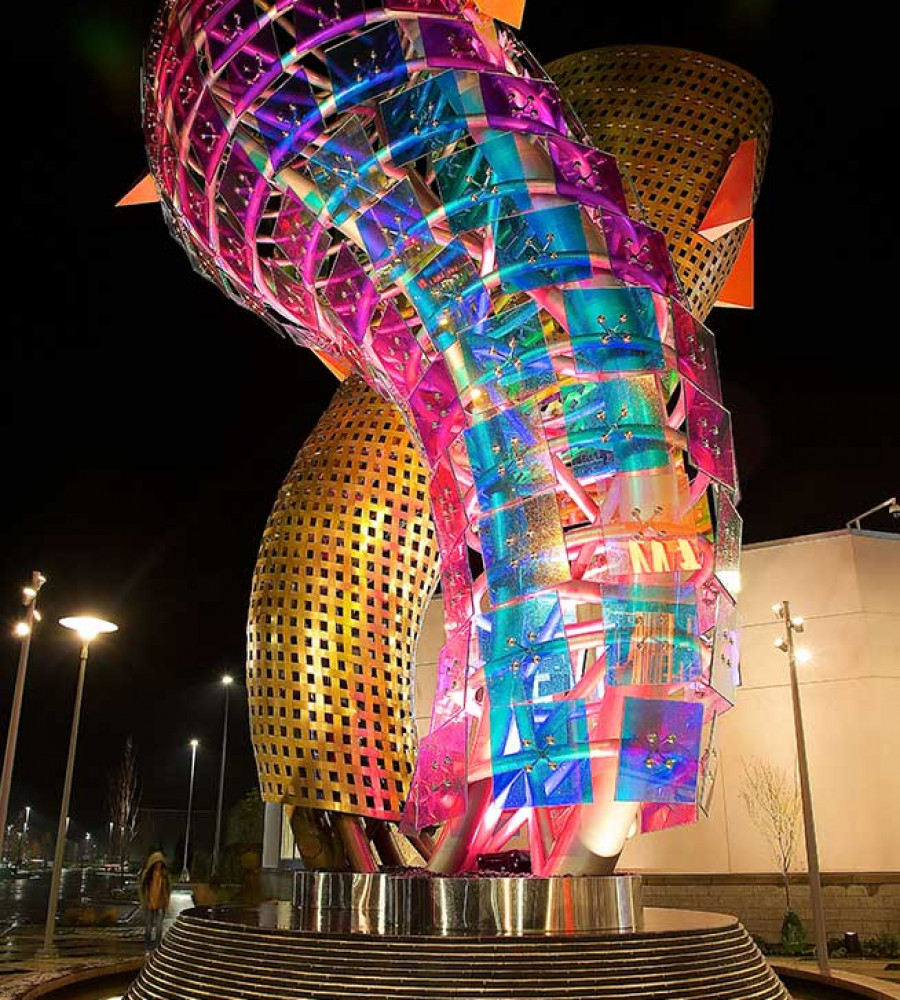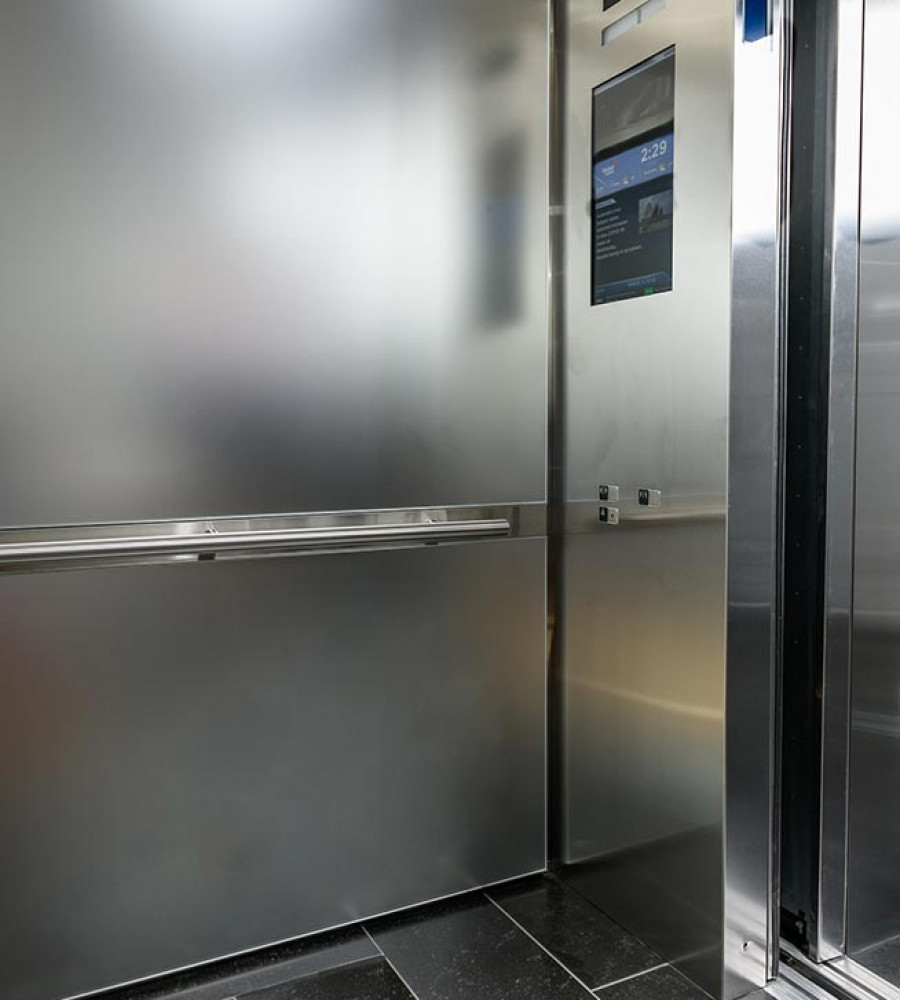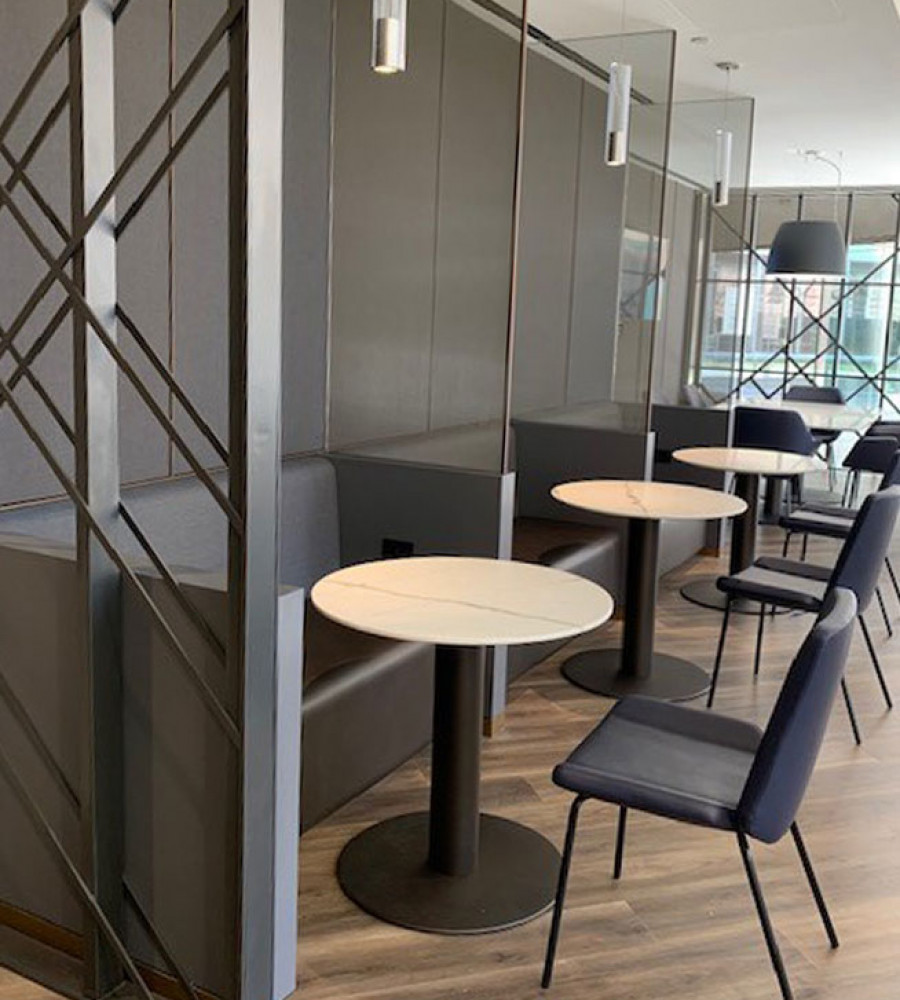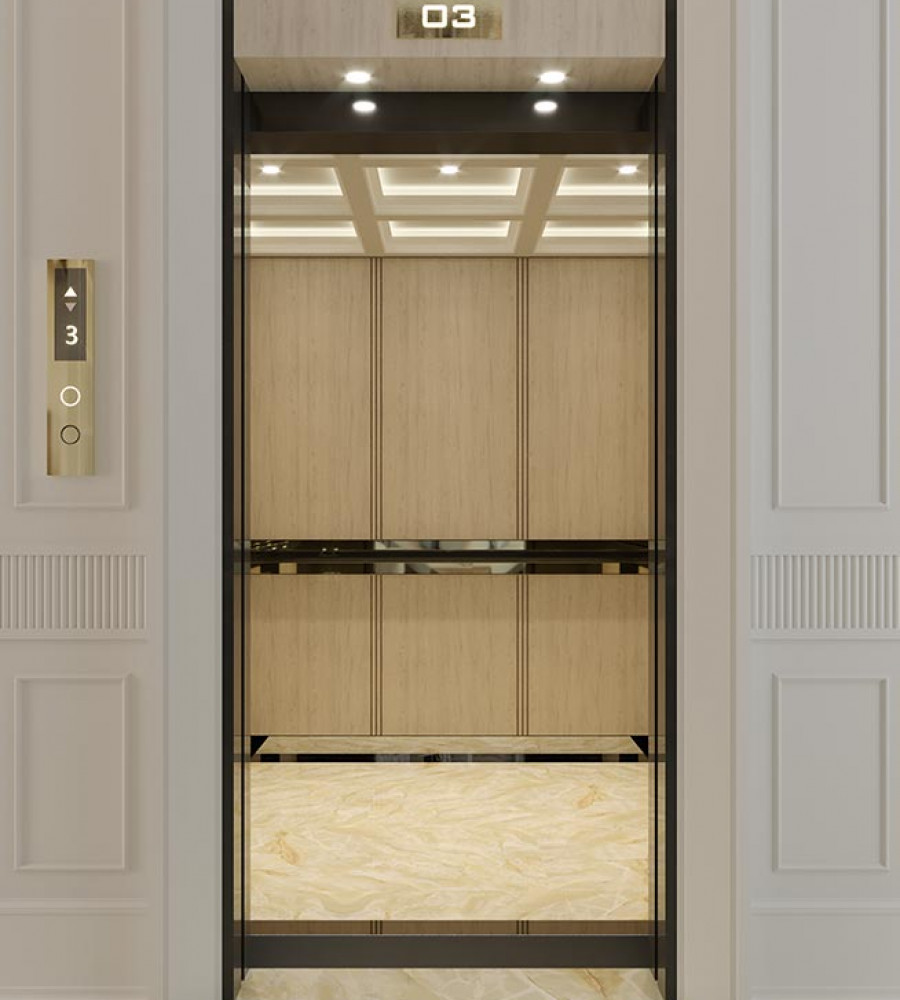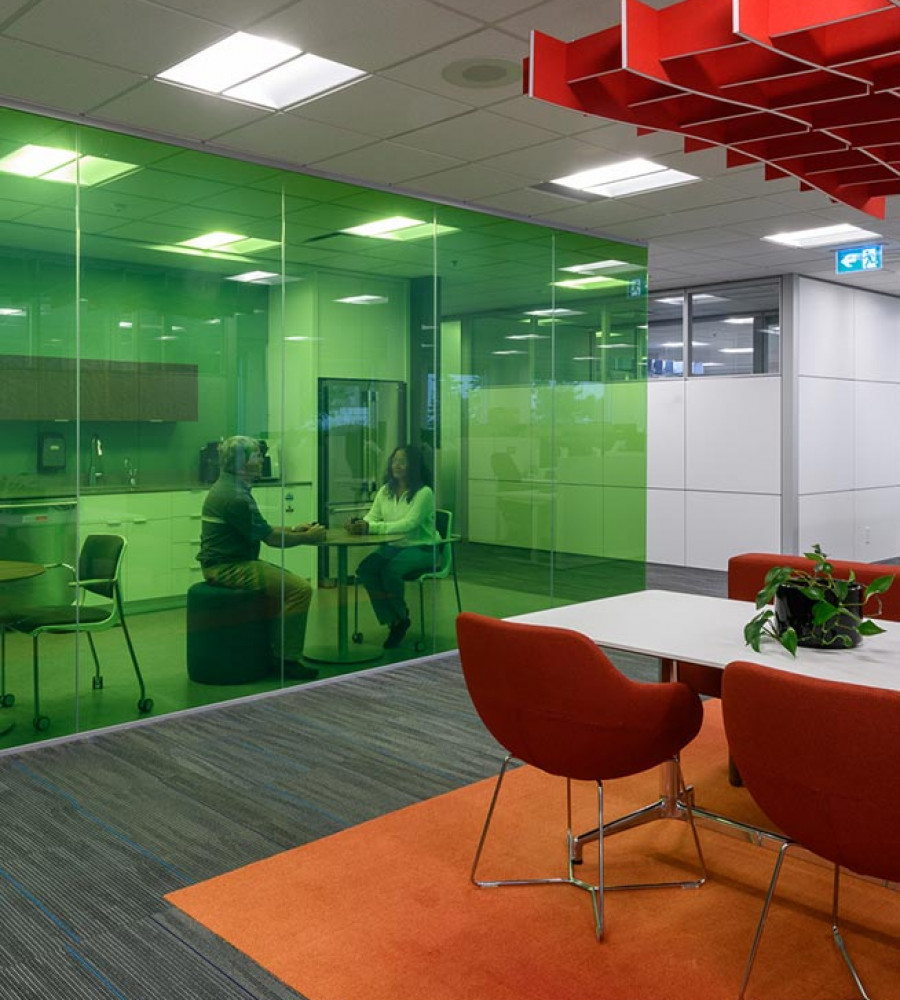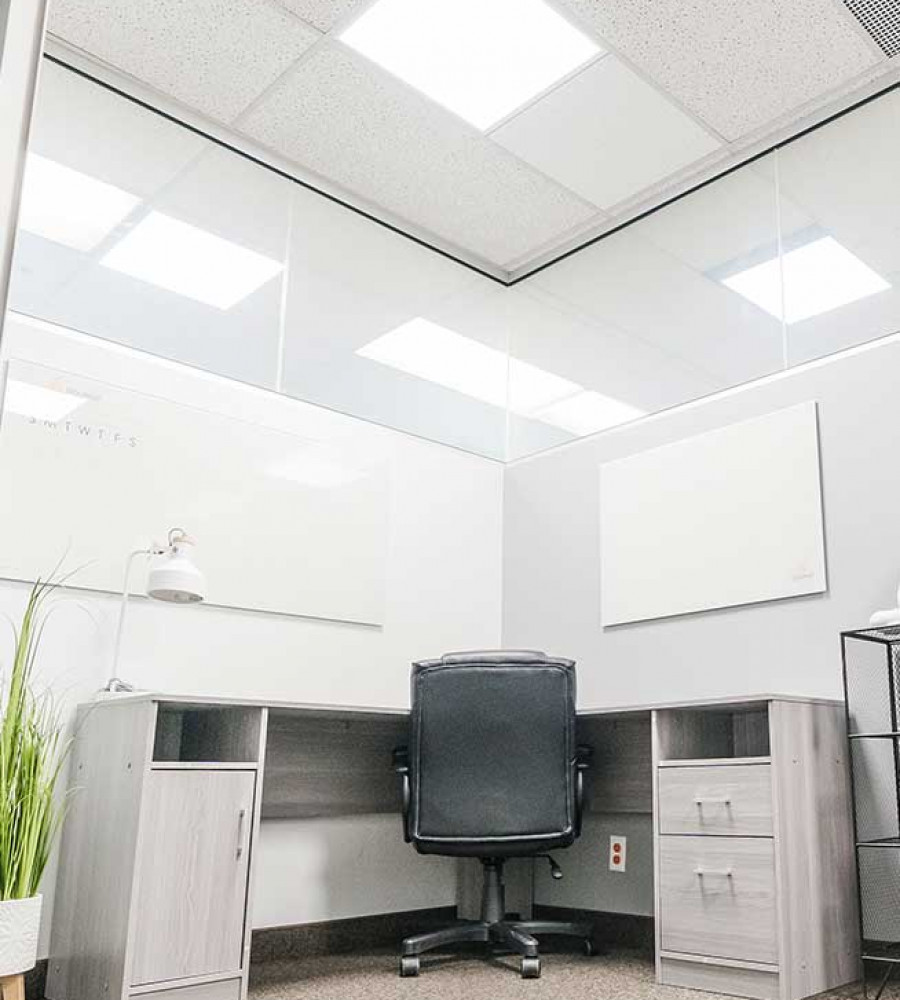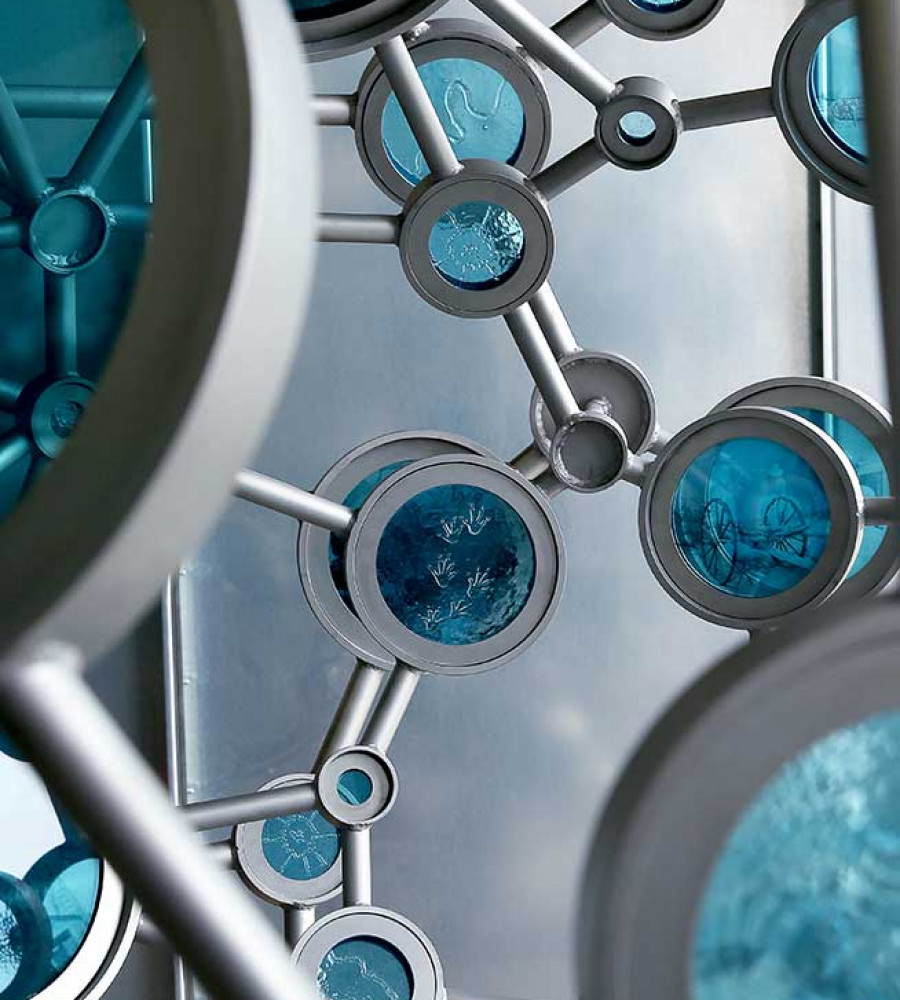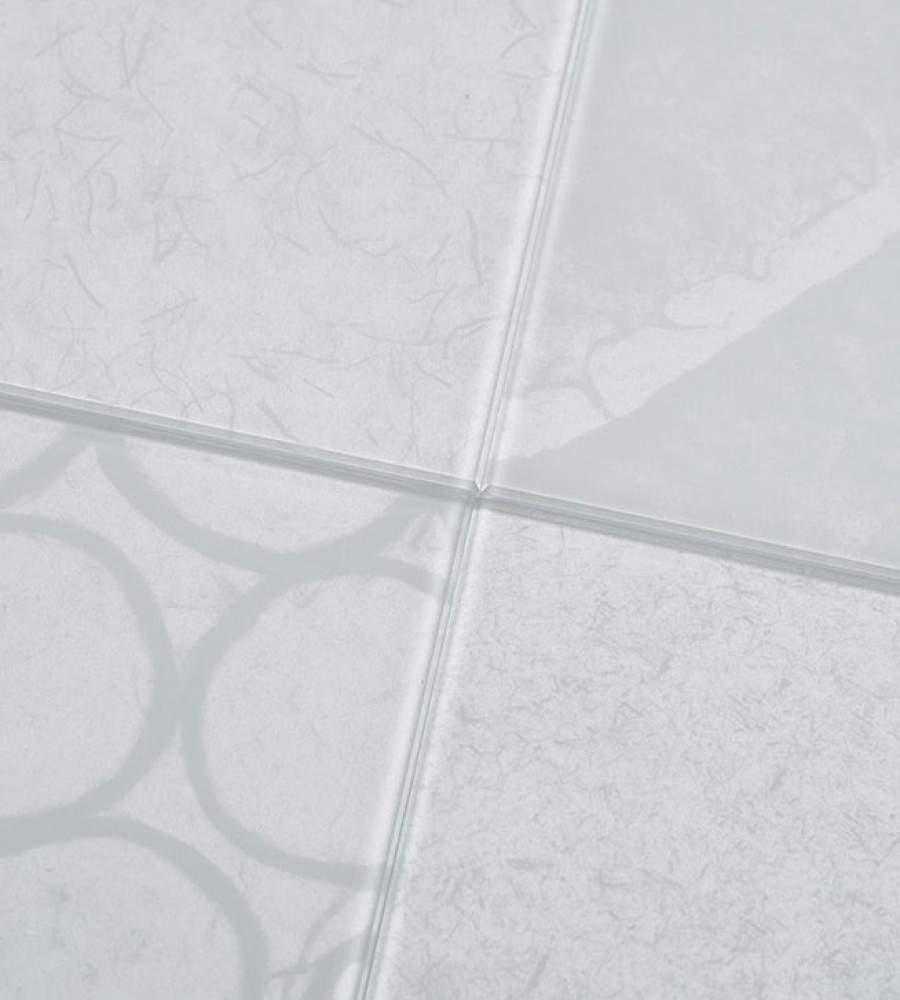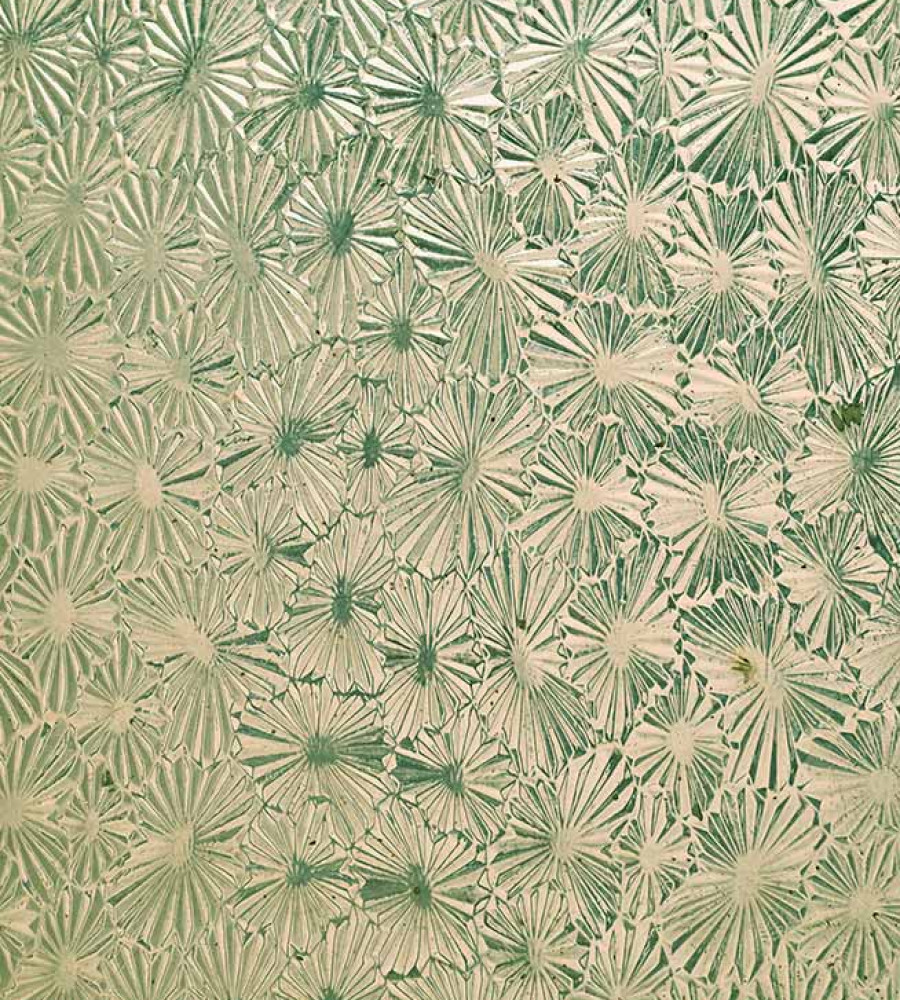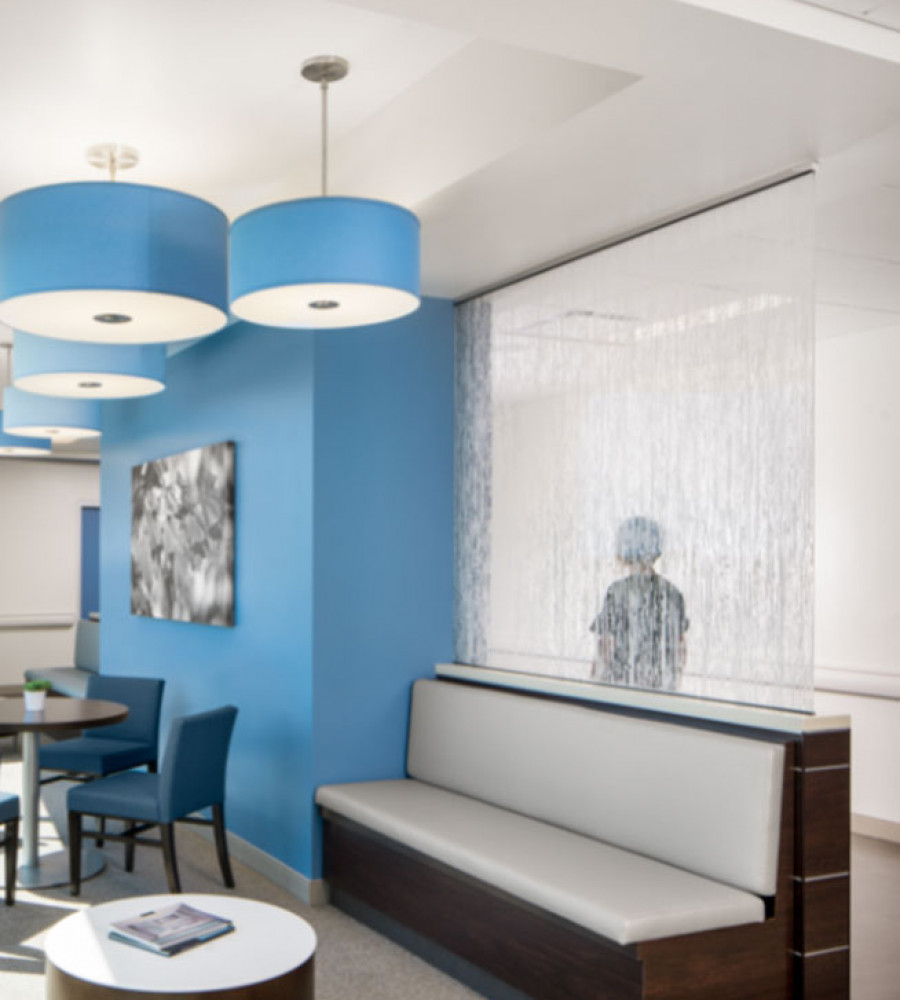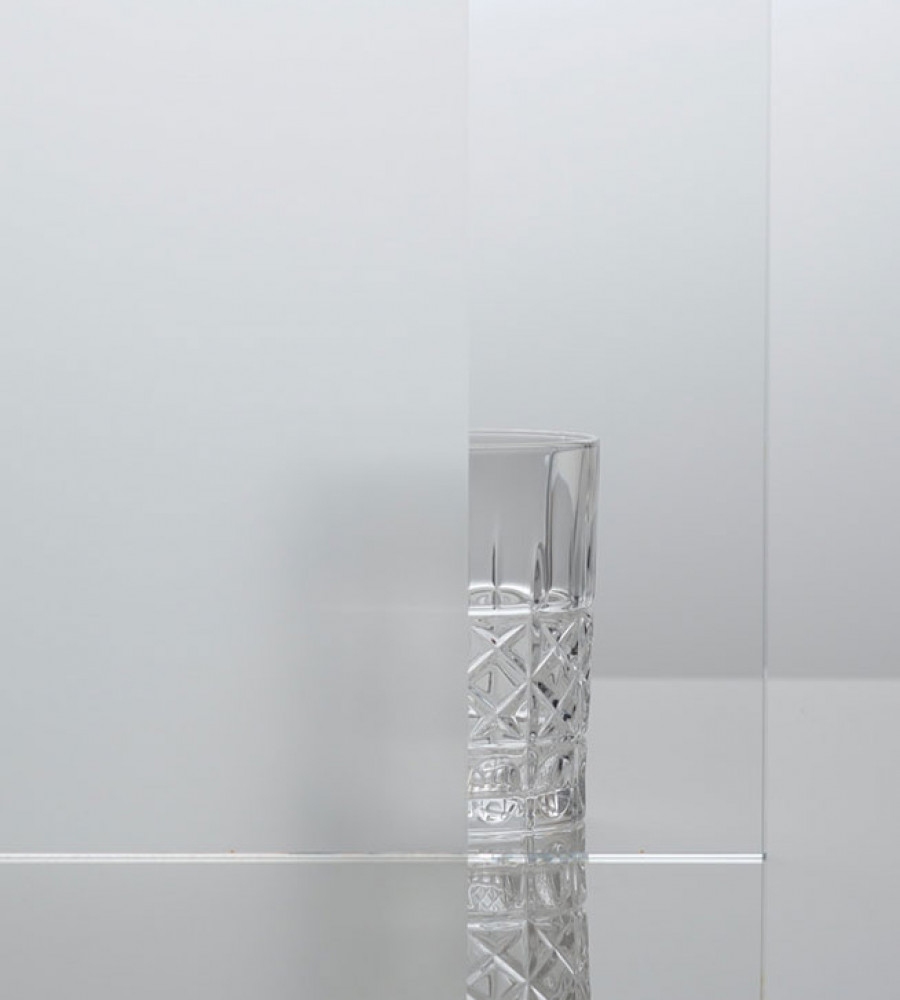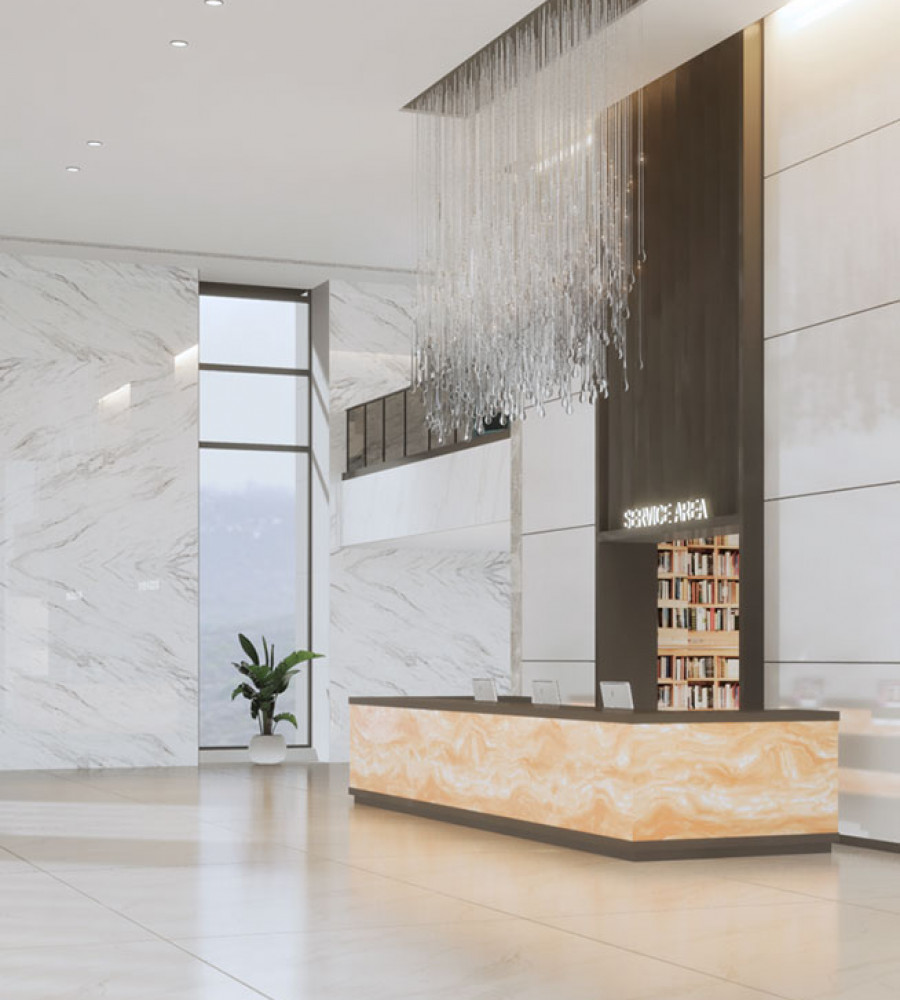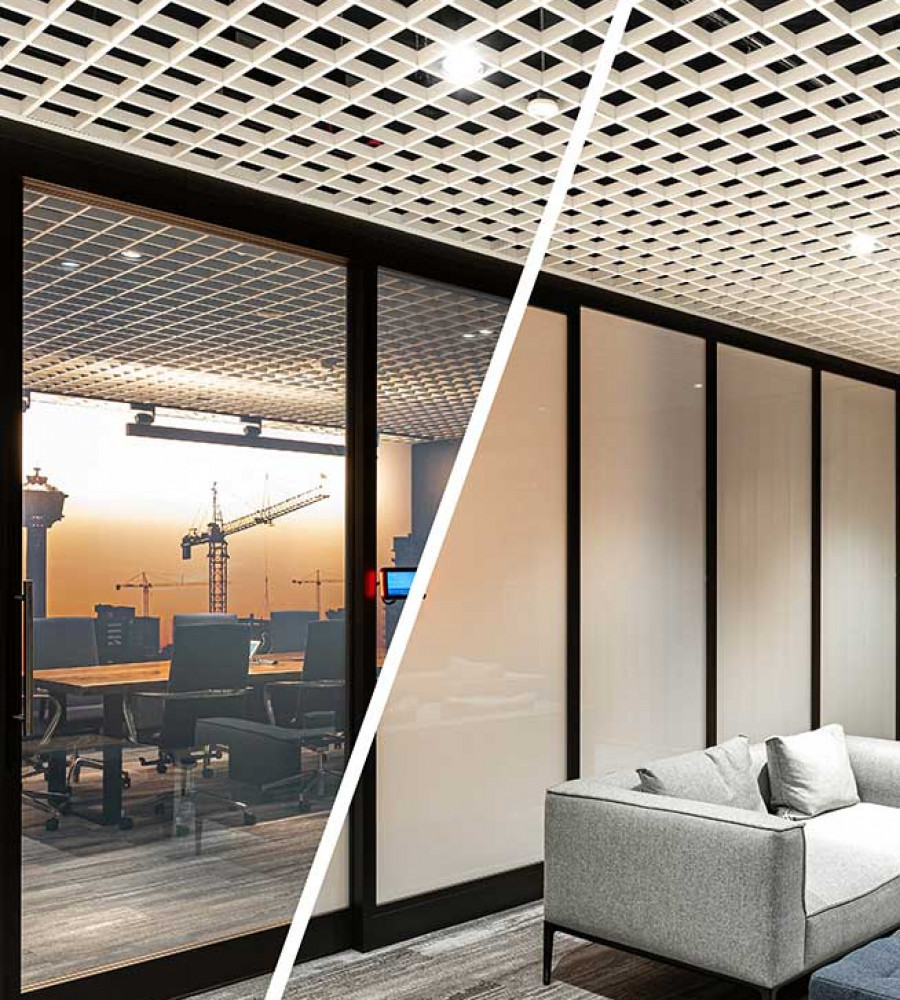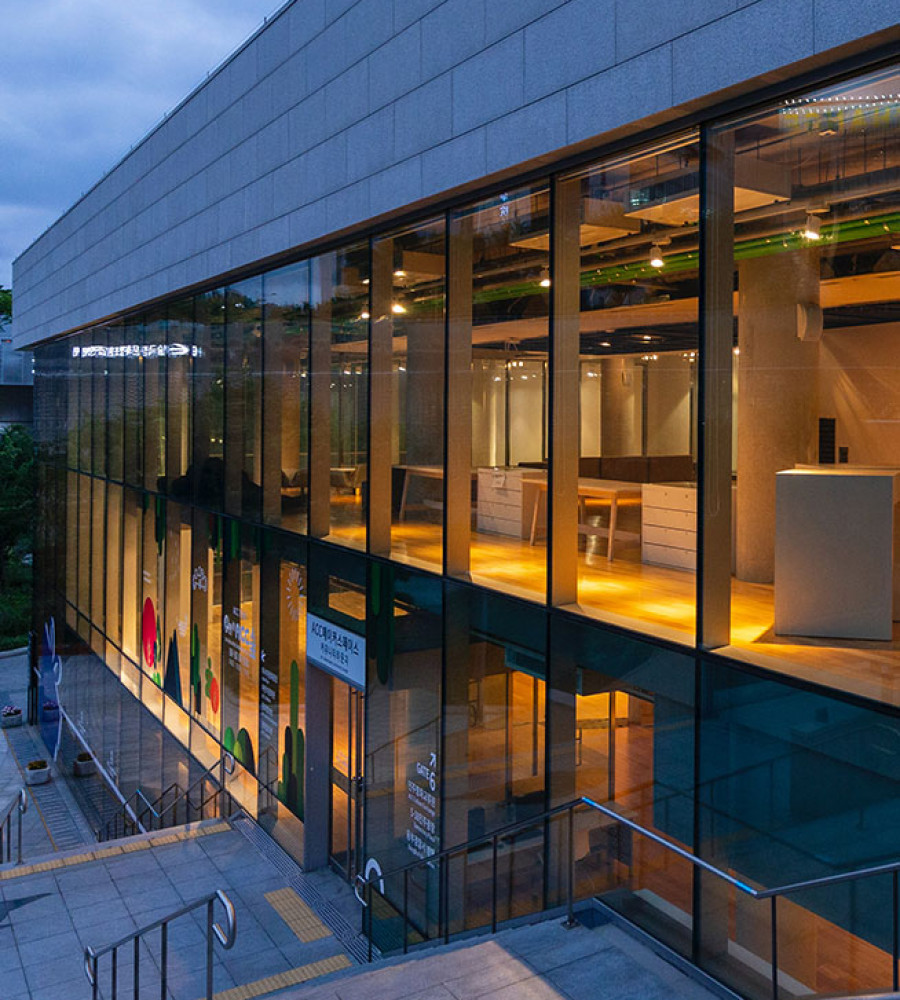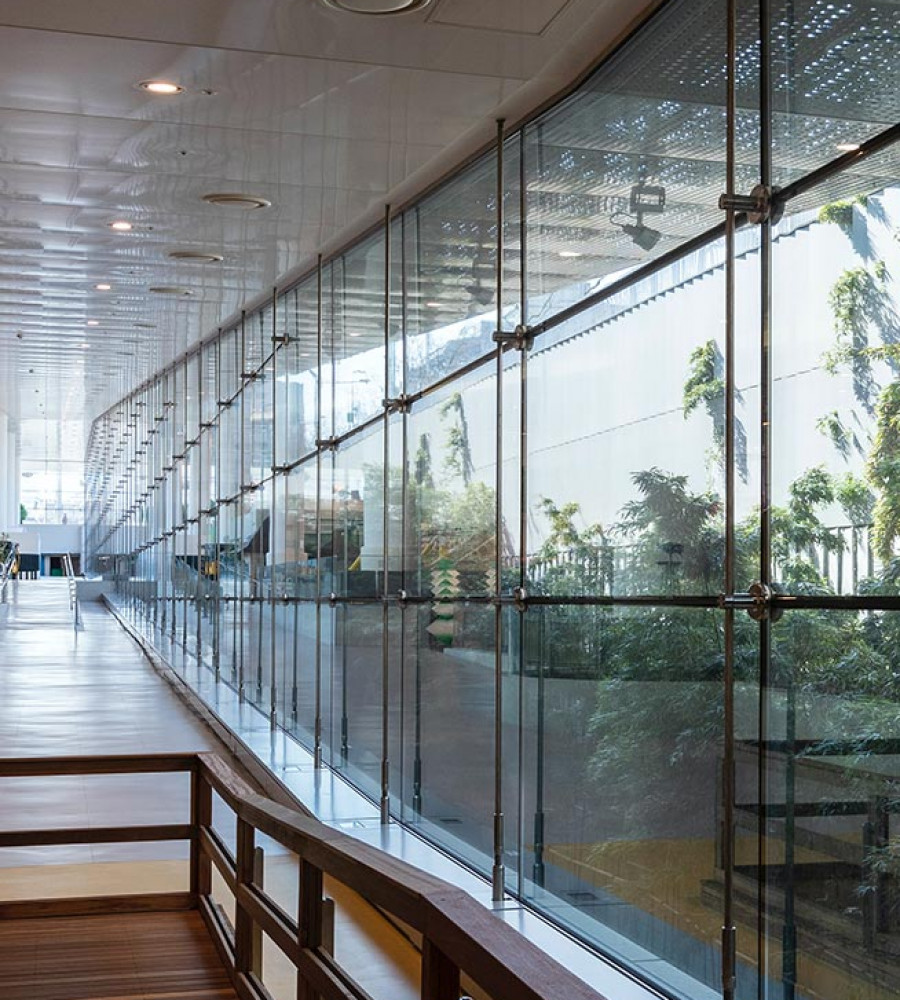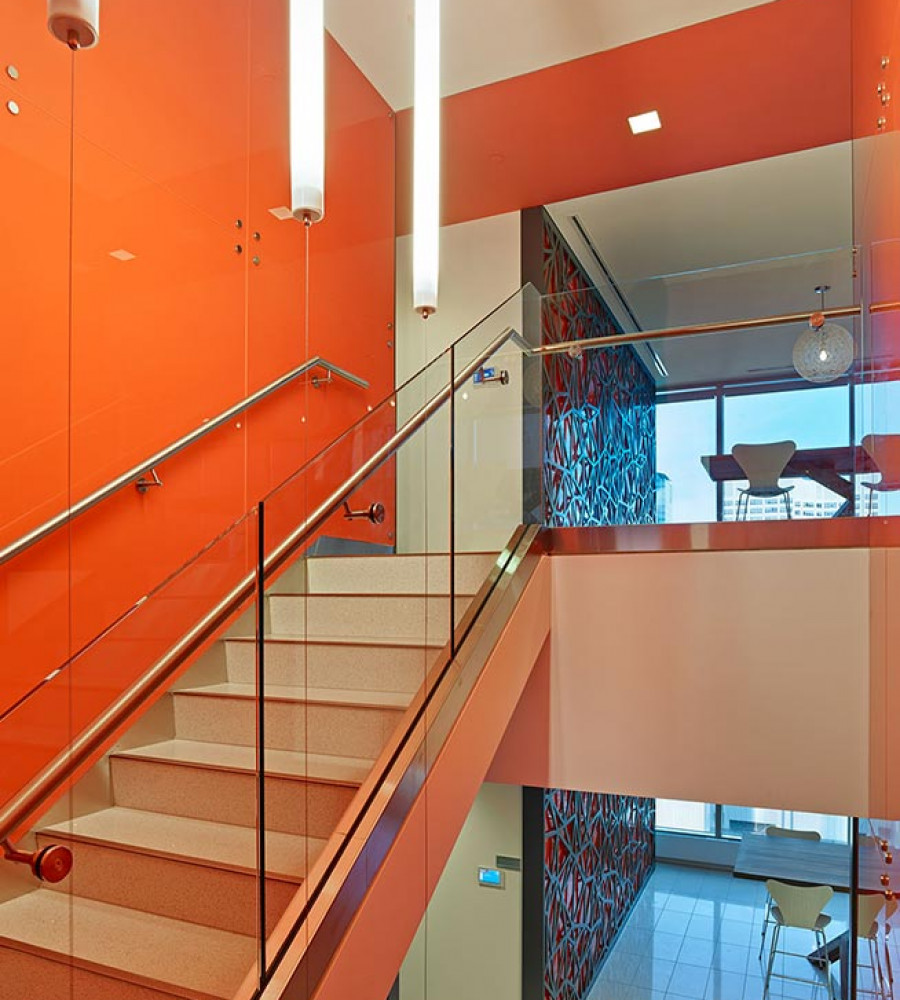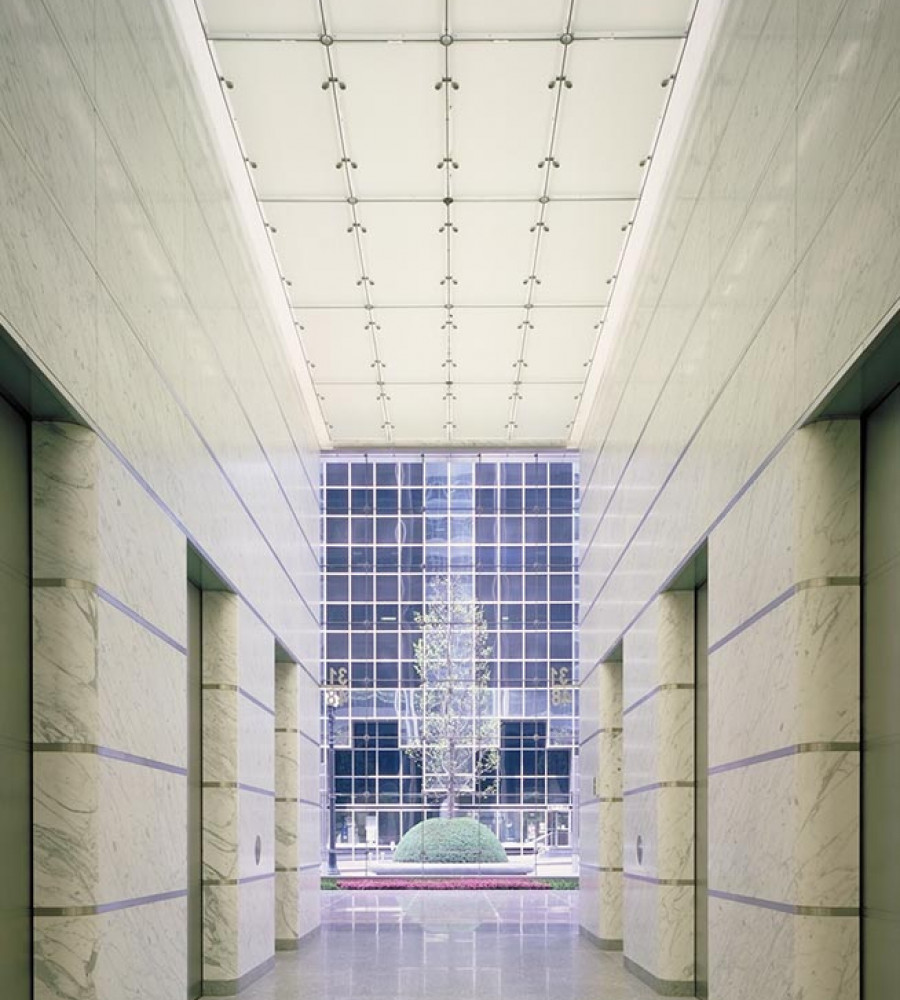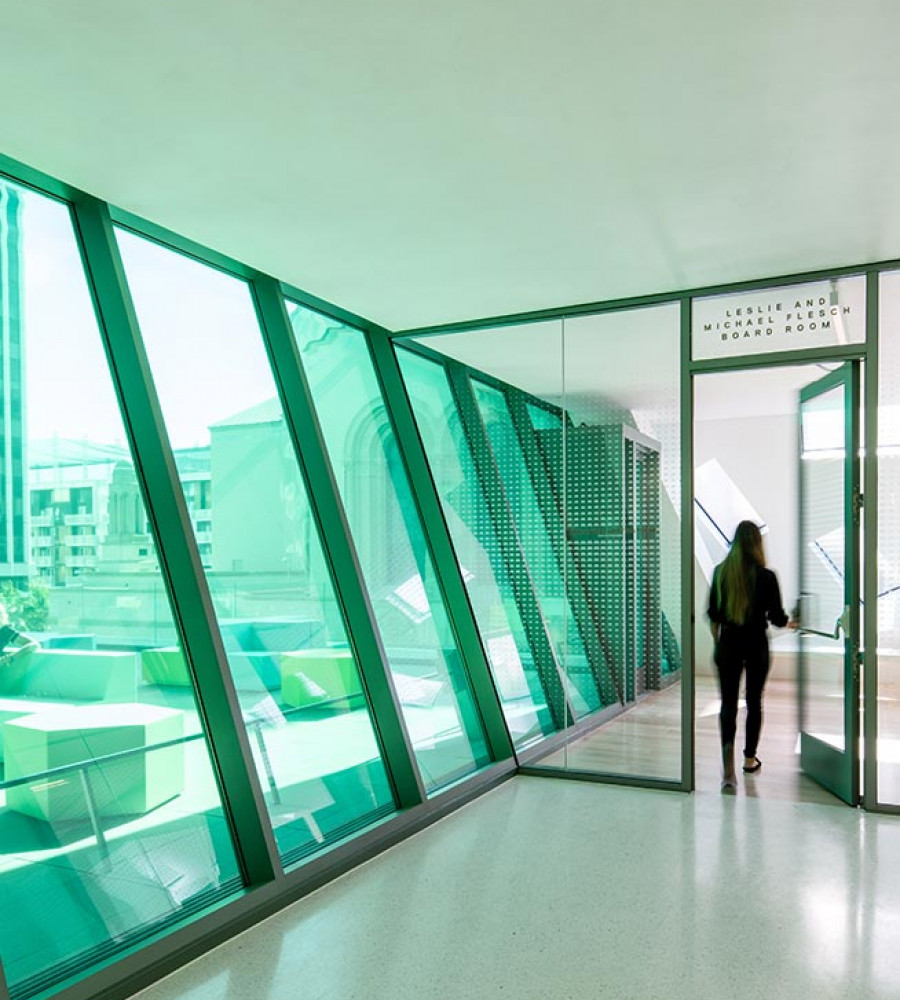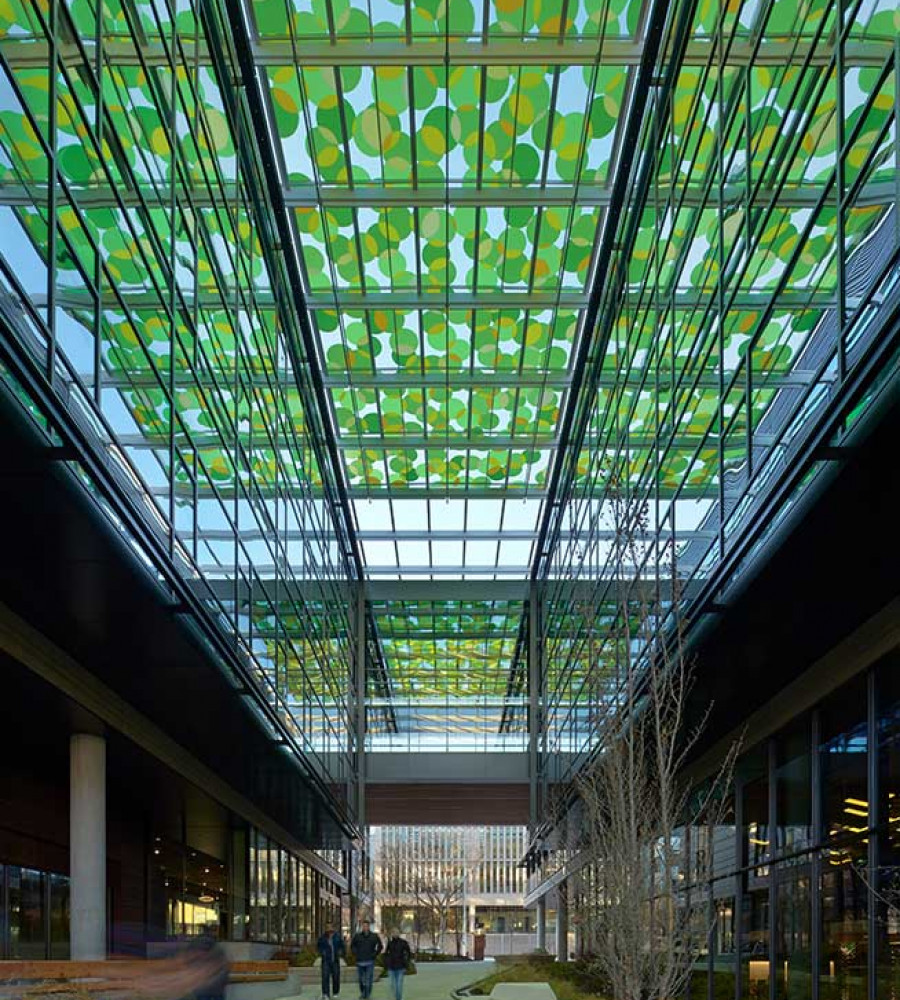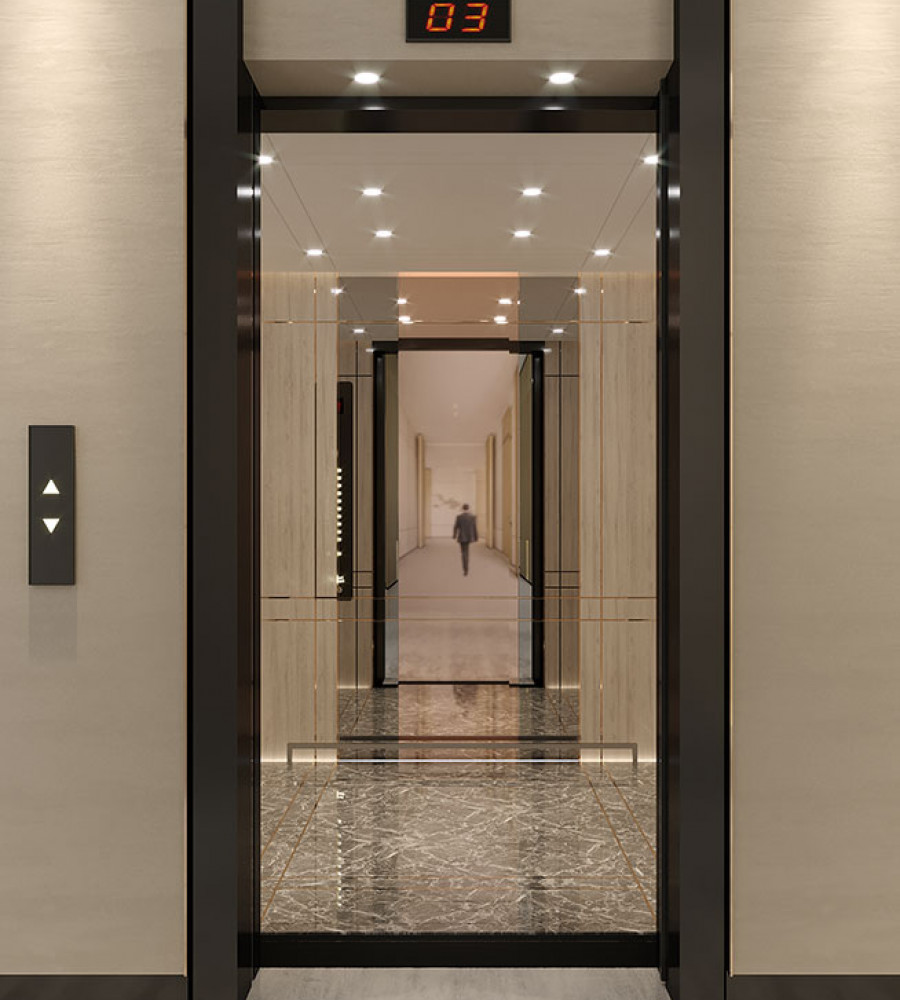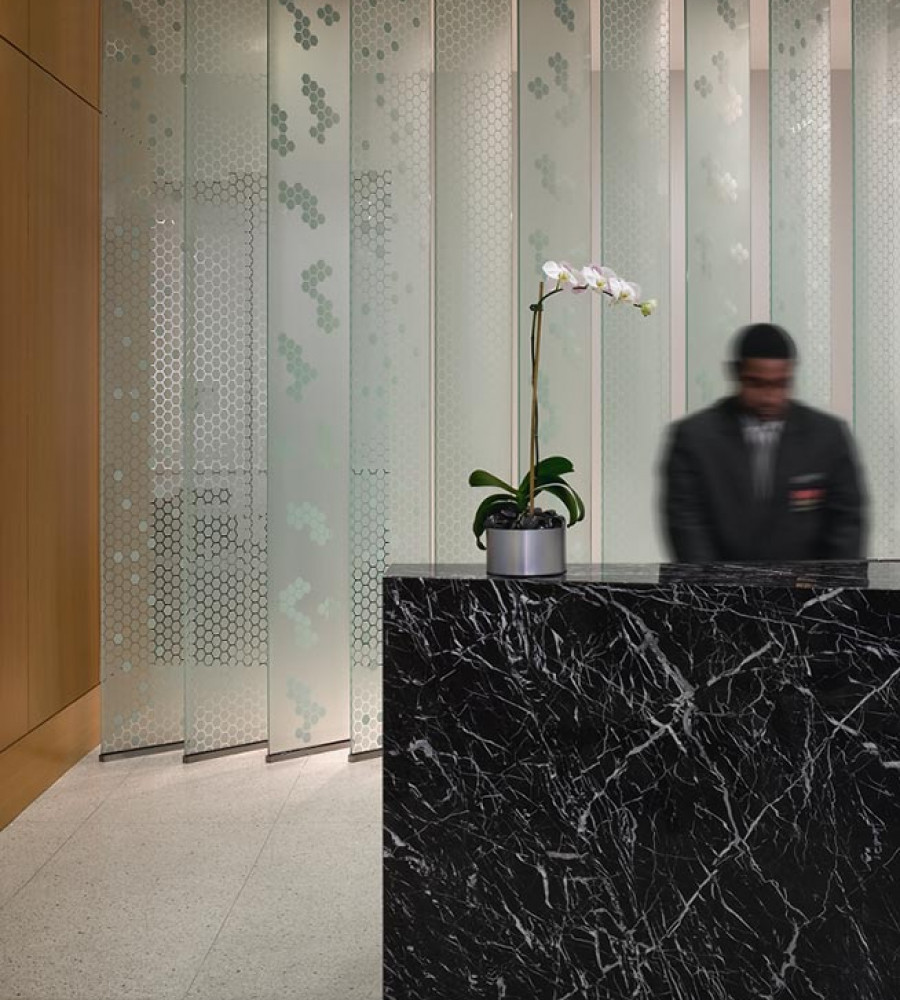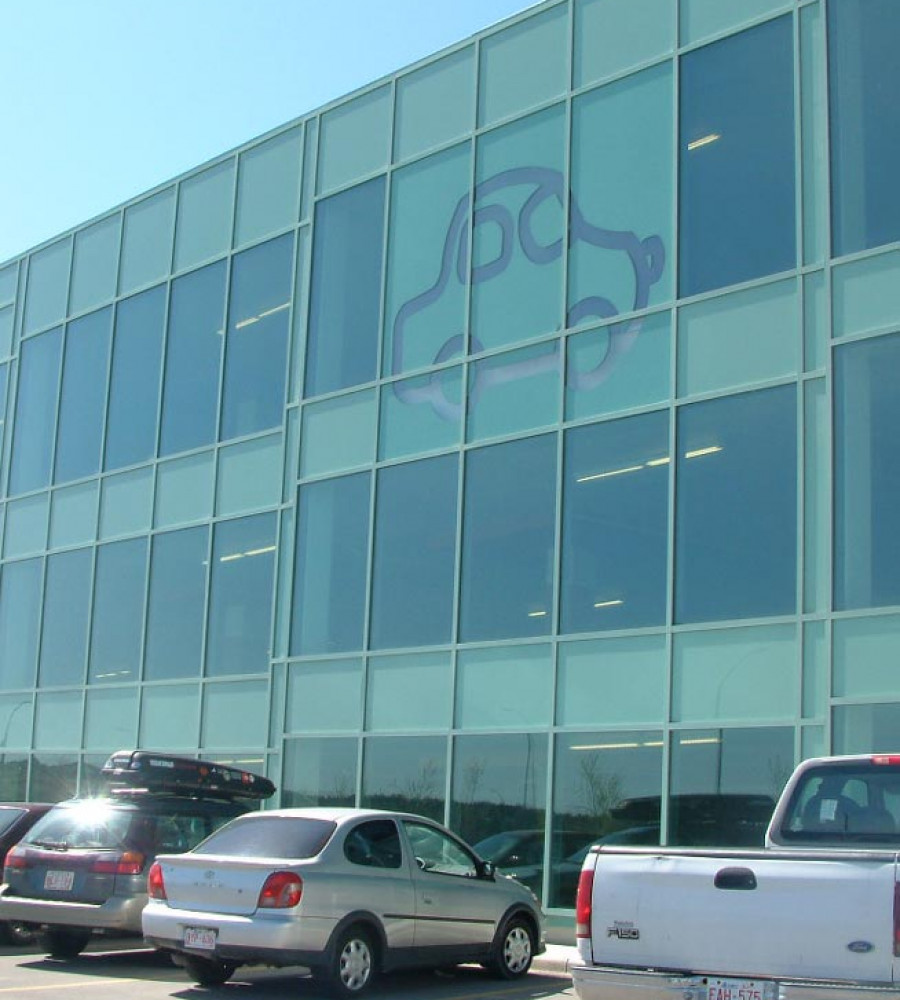Posted: 11 years ago
Architect Ablaze
The Museum at Prairiefire took the top honor at the Associated General Contractors of Kansas annual awards and I suspect it’s just the beginning of many awards to come, so I reached out to Jonathan Kharfen of Verner Johnson Inc. to learn more about the concept that drove his innovative use of architectural decorative glass on this one of a kind project.
After his initial meeting with Merrill Companies, project architect Jonathan Kharfen knew that his vision for the 41,000 sf museum would start with nature's most colorful earth element: FIRE!
Marveling at the flame that swept through the prairie, Jonathan was intrigued to learn that these fires had been intentionally set to maintain the landscape. "There was a certain irony in that it’snot traditionally a building's job to conjure up images of fire, in fact, it’s quite the opposite.” Yet his creative vision was to evokethis sense of the tall-grass prairie, and it’s most unique aspect: the prairie on fire. According to Jonathan, even the topography of the site yearned to embody the quintessential aspect of the region. But how on earth would he capture the upward and expansive movement of fire, ultimately animating a building constructed of lifeless materials? He felt strongly that he needed to use non traditional building materials that both shifted color and created sheen to elicit the sense of movement that he experienced when watching the prairie burn. The solution to his inventiveness was to use a combination of colored stainless steel tiles by Millennium Tiles and Dichroic Glass by Goldray Industries. Both products provide extreme durability and design versatility that resulted in vivid, inextinguishable color.
After doing quite a bit of research, Jonathan realized that Dichroic Glass had never been used as insulated, exterior glazing in the US, so he set out to find someone who would work with him to bring his complex, and very clear vision to fruition. Goldray understood Jonathan’s vision and took him quite seriously in his pursuit to overcome the challenges of such a creative and innovative process. The biggest challenge for Jonathan was in understanding the reflective nature of the glass; what it looks like from different angles, how it’s different from the exterior of the building to the interior, how to match interior finishes with a material that changes color like a chameleon, and how to specify lighting on the inside of the space when he didn’t fully understand how the dichroic glass was going to effect the interior space. Additional challenges included the clear articulation of his idea to Merrill. Jonathan worked very closely with Goldray to create mock up samples to show to his team so that everyone understood the possibility that insulated dichroic glass could provide. “I can’t express the importance of Goldray creating the mock up samples for me to show to my client. Without them, this solution wouldn’t have happened.”
When I asked Jonathan what his biggest success of the project was, he responded that the project came together the way he’d intended despite the difficulty in trying to convey his vision to his clients. “Have you ever tried to render dichroic glass?” He says with a mix of exasperation and the resounding pleasure of success. Most importantly, he expressed his appreciation for the open mindedness of his client, Merrill Companies, and his General Contractor McGownGordon Construction LLC, whom he says is always up for a good challenge!
In closing, Jonathan mentioned that it was the philosophy of the entire team that made the project such an overwhelming success: “everyone was incredible to work with; we believed that we had one shot at this - so let’s give it our best shot! And we did.”
Photo of controlled burn by Albert Herring.
All photos of Museum at Prairiefire by Sam Fentress


